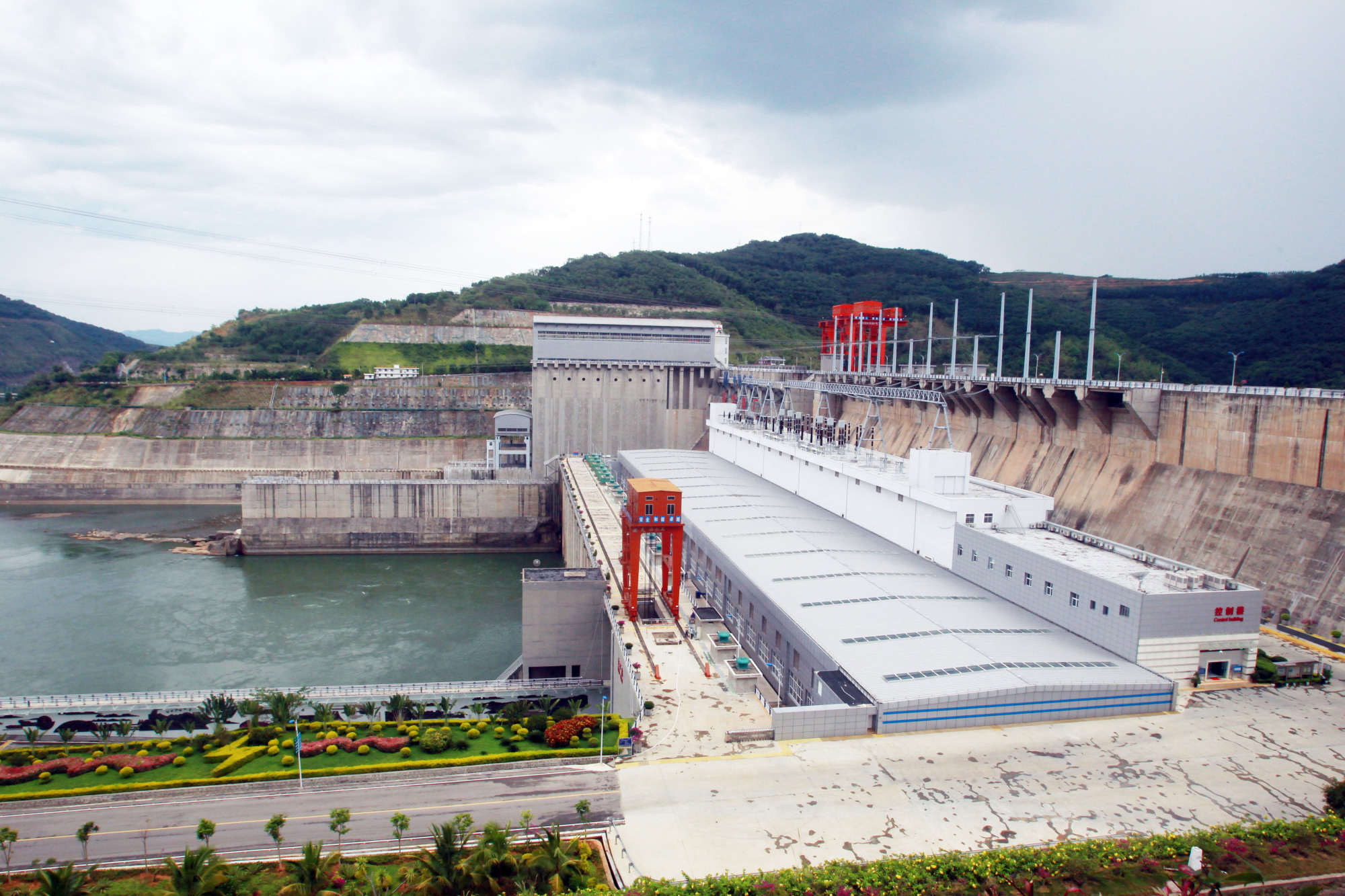Major dam construction projects have become a favorite pastime of some autocratic governments, with China leading the way. But, far from protecting against water shortages, as supporters promise, large dams are contributing to river depletion and severely exacerbating parched conditions. Nowhere is this more apparent than in the basin of the Mekong River, which is running at a historically low level.
Known as the "mother of waters" in Laos and Thailand, the Mekong flows from the Chinese-controlled Tibetan Plateau to the South China Sea, through Myanmar, Laos, Thailand, Cambodia and Vietnam. Farmers in the river basin, Asia's rice bowl, produce enough rice to feed 300 million people per year. The basin also boasts the world's largest inland fishery, accounting for an estimated 25 percent of the global freshwater catch.
This vital waterway is now under threat, largely owing to a series of Chinese-built mega-dams near the border of the Tibetan Plateau, just before the river crosses into Southeast Asia. The 11 dams currently in operation have a total electricity-generating capacity of 21,300 megawatts — more than the installed hydropower capacity of all the downriver countries combined. And they are wreaking environmental, economic and geopolitical havoc.

















With your current subscription plan you can comment on stories. However, before writing your first comment, please create a display name in the Profile section of your subscriber account page.